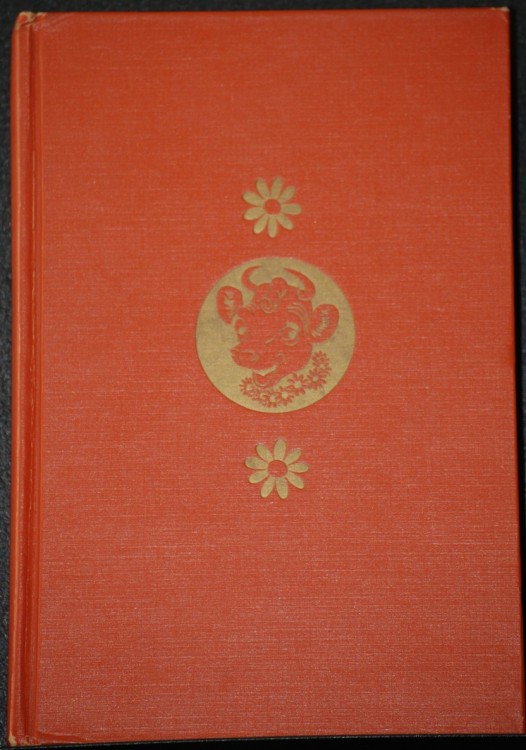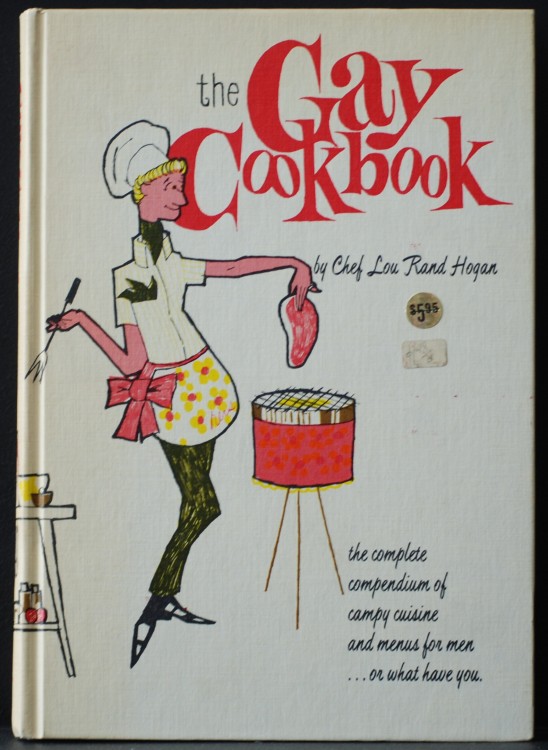
Grilled peanut butter and peach preserve sandwich
You’ve seen the lowly PB&J elevated in recent time by food people everywhere. From Peanut Butter & Co., a restaurant in the West Village of Manhattan devoted to the 60’s lunchbox classic, to magazine features adding all kinds of crazy ingredients to the mix.
I’ll be honest with you: I can’t stand peanut butter and jelly sandwiches. My mother would never have packed one for me as a kid because she knows it would have ruined my day. As a adult, however, I realize that the problem was crappy peanut butter and bad bread, which I have since made adjustments for. Also, these sandwiches must be griddled.
I like to keep it simple by not adding a whole lot more than good, organic peanut butter, real peach preserves and a good bread, like Vital Vittles’ Sliced Real Bread, which gets a nice crunch, and a little butter for griddling. The only other things that I might add are sliced bananas or a little grilled ham.
Here’s what you do to make grilled PB&J sandwiches:
1). Melt a tablespoon of butter in a pan that does not stick, over low heat.
2). Spread a good amount of peanut butter on one slice of bread.
3). Droop a dollop of peach preserves on top.
4). Gently press on the top slice of bread.
5). When butter is hot, but not burned, gently lay in the sammie. Cover and keep on LOW flame.
6). After about 3 minutes or when bread is browned, gently turn over with tongs or spatula, first adding a little more butter if the pan is completely dry.
7). Cover and leave on low flame for a couple of minutes or until browned on that side.
8). Remove from pan, cut in half with sharp knife without burning yourself and eat.




